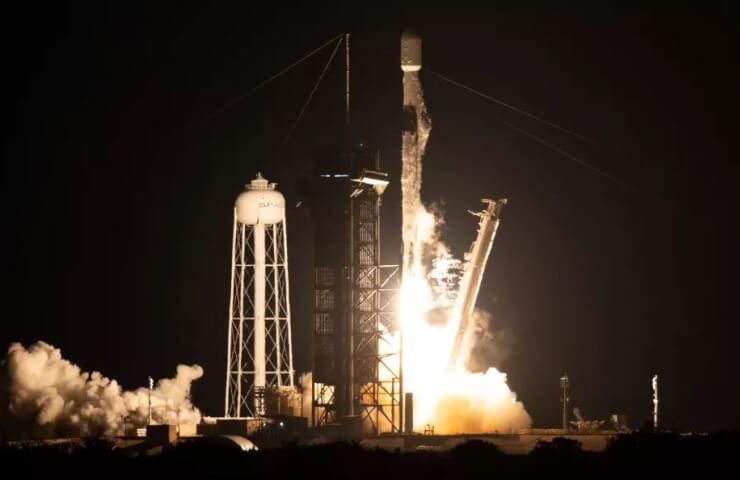SpaceX successfully launched its 28th rocket of the year early Thursday morning (Dec 9), delivering an X-ray observatory to space for NASA. This mission is the fifth for this particular Falcon 9 first stage booster, which will return for landing after stage separation. A used Falcon 9 rocket exploded at 1 o'clock (0600 GMT) from Launch Pad 39A at NASA's Kennedy Space Center in Florida, carrying the Explorer (IXPE).
“Launching Falcon 9 and IXPE, a new suite of X-ray instruments to see the mysteries of our sky,” NASA TV launch commentator Derrol Neil said during a live webcast of the launch.
This is a $ 214 million mission to explore the physics of some of the most dynamic objects in the universe: black holes and neutron stars. Astronomers hope that this satellite will become a new tool at their disposal to explore the mysteries of the universe.
Equipped with three identical telescopes, IXPE will study the polarization of light (that is, how a light wave oscillates relative to the direction of the wave) from some of the most impressive cosmic sources in the universe. Astronomers will be able to refine the structure and study the mechanisms that trigger mysterious space objects of this type.
"IXPE will help us test and refine our current theories about how the universe works," Martin Weisskopf, the mission's chief investigator, told Space.com. what we assumed, "he said.
His first target will be the Crab Nebula, the remnant of a dead star. The IXPE is designed for very dramatic targets, and the remnants of a stellar explosion are the perfect place to start. Weisskopf explained in a prelaunch press conference on December 7 that inside the Crab Nebula is a pulsating beacon-like beacon that is actually the corpse of the star that created the nebula.





